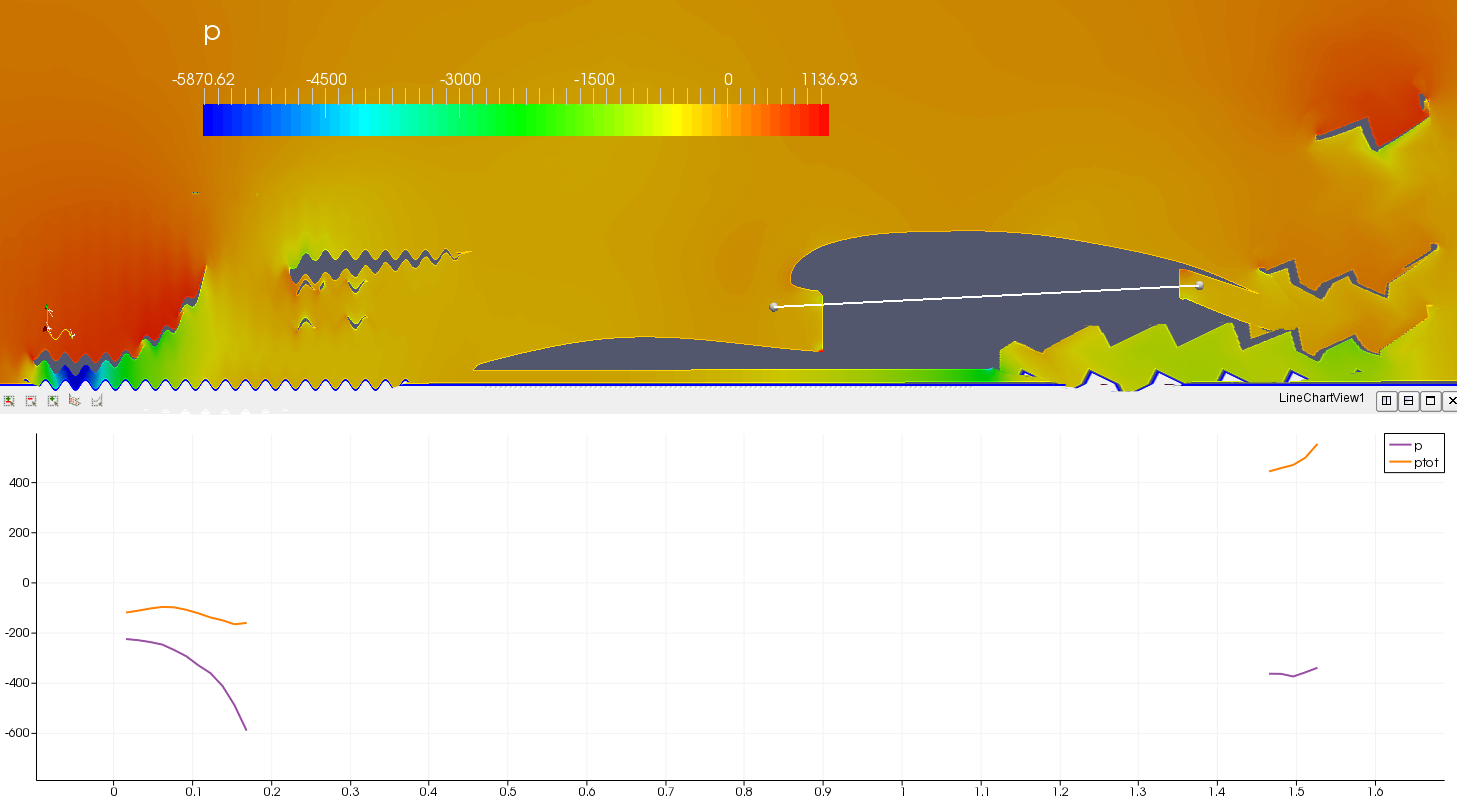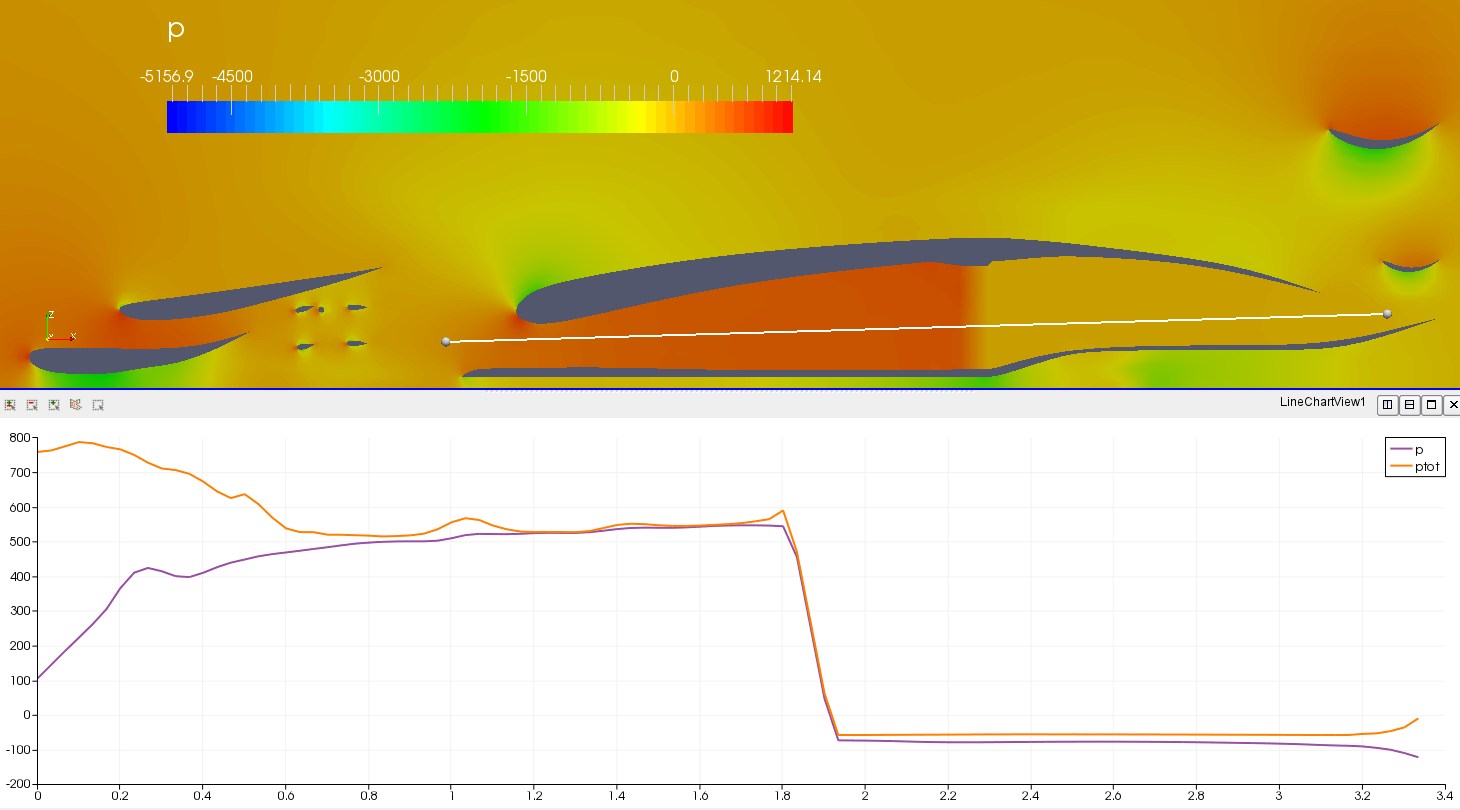My personal view is that the rules and points for Round 1 should stay as they were. (i.e. same cooling rules, 40% power minimum reduction, etc) because they were the rules we were playing to at the time, and the rules we designed our cars around: If I'd known there would only be a 75% minimum power I would have put more downforce on the front end, because there would've been less risk of doing so.CAEdevice wrote:I suggested a compromise agreement, allowing milder rules for who has had cooling issues (the strange behaviour of the solutor could be a consequence of low pressure, not a cause): it would be applied only if all the participants would accept it....machin wrote:The problem for me is that I was purposefully very cautious with my front end downforce for round 1, because I didn't want to lose any power....
If the rules are going to change for Round 2 they need to be agreed by all before hand. I've already made the changes to my car for round 2 and don't really plan on doing any more changes, so my preference would be for the rules to stay as they are for Round 2... unless the round 2 submission date is pushed back.
As an aside: if the minimum Power would be retrospectively changed to 75% for Round 1 then Mantium would beat my time, but wouldn't beat yours... so the proposal affects me more than it does you (I'm not suggesting you picked the 75% specifically to achieve that scenario, just pointing out that any changes now affect some people more than it affects others).




